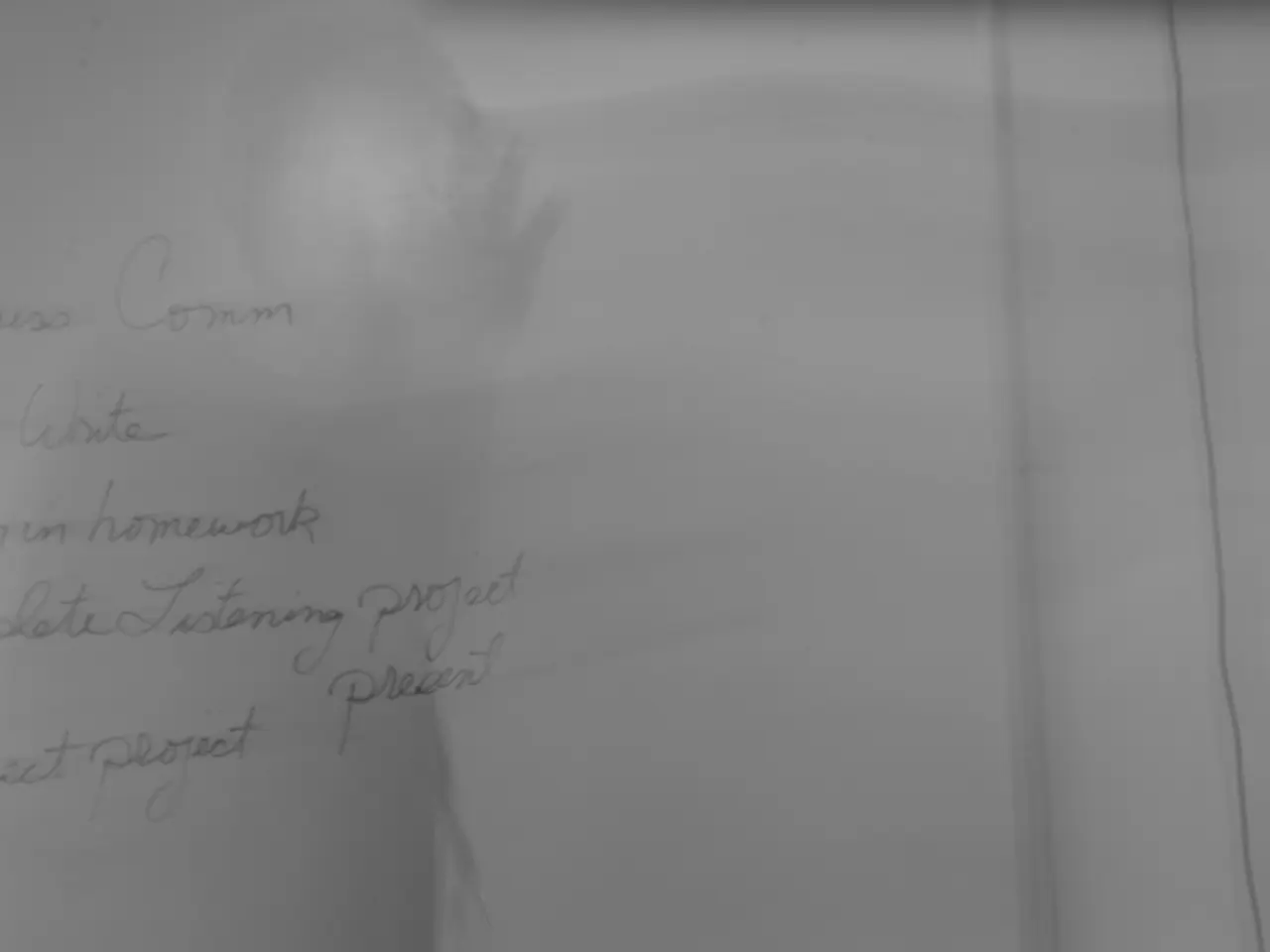Reducing Steam Pressure Stations: 3 Common Operating Methods
Steam Pressure Reduction Solutions in Industrial Settings: A Deep Dive
In the vast world of manufacturing, maintaining the proper pressure of steam is essential. To address the challenges that arise due to distant power plants and fluctuating pressures, we've broken down three popular solutions for lowering main steam pipeline pressure in factories.
Three Common Strategies to Manage Steam Pressure
1. Self-Operated Steam Pressure Regulator: The Simple Choice
Self-operated steam pressure regulators are widely employed for their simplicity and minimal maintenance costs. These regulators excel in situations without electricity or air power, making them a go-to option in on-site applications. Here are the advantages this regulator offers:
- Adjustable pressure setpoint
- Modular design, enabling easy replacement of the pressure adjustment range
- Quick response speed due to bellows used as the pressure balance element
- High leakage resistance and suitability for valve sizes and large pressure drops
- Wide range of actuator options meeting various pressure requirements
Though efficient, self-operated steam pressure regulators require attention to the following aspects:- Ensuring proper installation to avoid common problems in practical applications- Balancing the actuator to maintain consistent performance
2. Pneumatic/Electric Globe-Type Control Valve: Improved Precision, Higher Cost
This alternative method employs a pneumatic or electric globe-type control valve to manage process parameters. The scheme features a higher adjustment accuracy than self-operated steam pressure regulators, but at a cost:
- Globe valve
- Pneumatic control valve (with positioner)
- Safety valve
- Pressure transmitter
- Console (process controller)
Schematically: the pressure transmitter provides a 4-20mA DC current signal based on the measured pressure. This signal is compared to the setpoint within the console. When the difference exceeds a certain value, the console sends an adjustment signal to the pneumatic control valve, thereby regulating the valve stem and plug position to control the flow through the valve, ultimately stabilizing pressure.
3. Dual Pneumatic/Electric Globe-Type Control Valves: Split-Range Control for Maximum Efficiency
In scenarios where small flowrates necessitate valve openings and, consequently, instability, we recommend the third solution—using two pneumatic control valves in parallel.
Two valves ensure that when the load changes during production, adequate control accuracy and stability are upheld:
- When the control valve A receives a signal from 4 to 12.5mA, it responds from fully closed to wide-open.
- When control valve B receives a signal from 11.5 to 20mA, it opens from fully closed to wide-open. The valves function due to signals from two positioners.
To achieve optimal results, it's crucial to couple the correct valves with the appropriate materials and designs for your specific application.
Choosing the Right Steam Pressure Reducing Valve
When selecting a steam pressure regulator, consider the following parameters:
- Model
- Nominal diameter & seat diameter
- Nominal pressure
- Connection type
- Material & surface hardening treatment requirements for the valve body & internal components
- Medium name
- Medium working temperature
- Inlet pressure & adjusting range
- Pressure setting point & adjustment range at the outlet (if for control upstream pressure, only needed in points 7 & 8)
- Maximum, normal, and minimum flow values per hour of the equipment
- Special requirements, such as free oil or free bronze
As a professional manufacturer in high-end control valves and pressure regulators, our solutions are widely used across various industries. Our associates and after-sales support team are available to offer comprehensive solutions for your projects. For more information, please reach out to us or visit our official website for consultation <https://our website>
Wrap-Up
With a deeper understanding of different steam pressure reducing strategies, you're now better equipped to make informed decisions for your industrial applications. For more details on control valves, regulators, and other related topics, check out these resources:
Pressure Control Valves
Discover the rising popularity of pressure control valves in natural gas applications, as our company's extensive experience can offer cost-effective solutions tailored to end-users.
Self-Operated Pressure and Temperature Regulators
Uncover the advantages and features of self-operated pressure regulators, temperature control valves, and differential (micro) pressure regulators, and learn how they can optimize your industrial processes.
Self-Operated Differential Flow Control Valves
Learn how ZZC, ZZV self-operated differential (micro) pressure regulators can control the ratio of two materials, such as gas and air, in industrial combustion furnace systems for efficient combustion.
For more information, refer to these insightful posts, your one-stop-shop for gaining knowledge to benefit your projects!
In the realm of data-and-cloud-computing, collecting real-time pressure data from self-operated steam pressure regulators could significantly enhance steam pressure management in industrial settings. By harnessing technology to monitor the adjustable pressure setpoints and actuator balancing requirements, we can streamline maintenance and achieve optimal performance.
For future advancements in steam pressure reduction solutions, integrating advanced self-learning algorithms within digital control systems like pneumatic/electric globe-type control valves may soon provide autonomous, high-precision control of main steam pipeline pressure in factories, ultimately transforming industrial operations.



